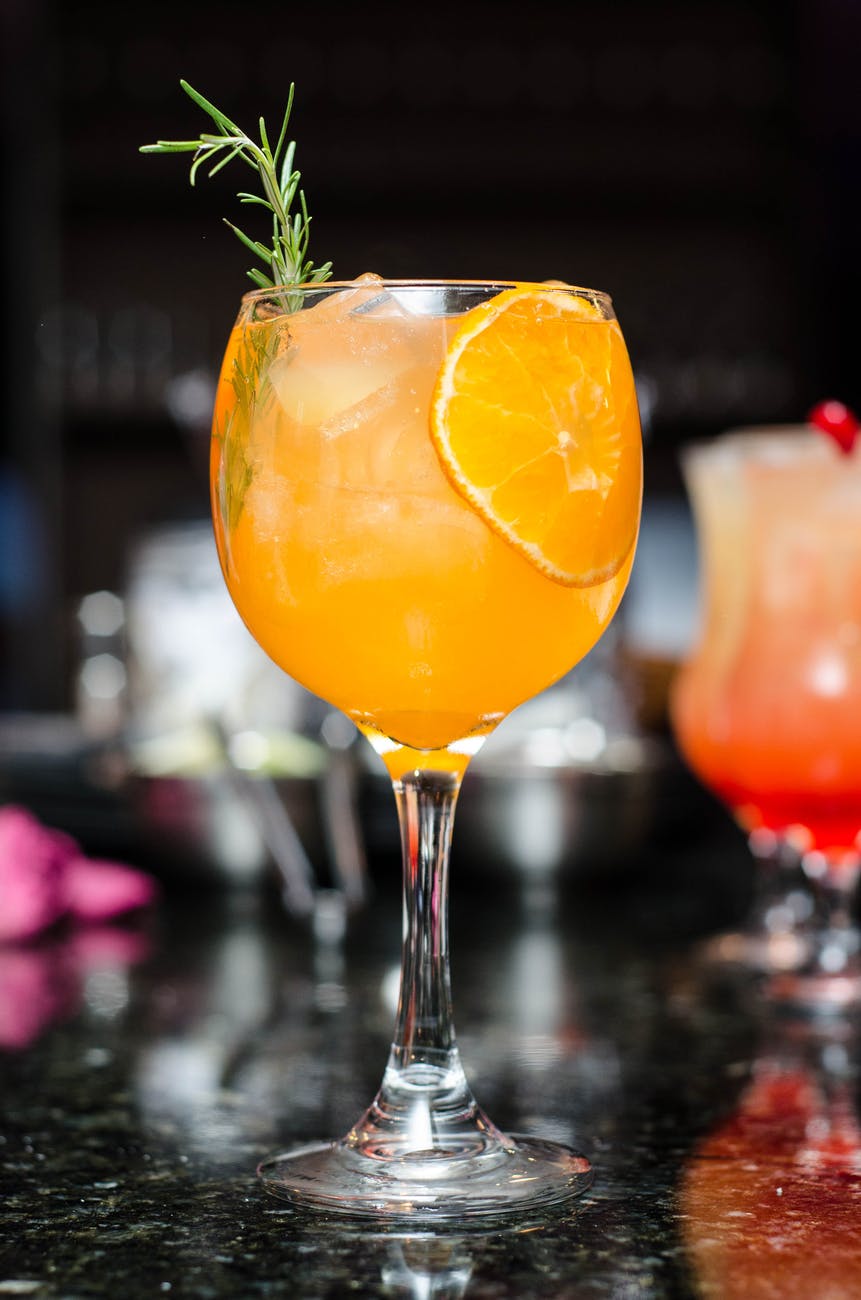It was a dark and stormy morning. The rain fell steadily, and gusty winds had already turned my umbrella inside-out on the short walk from the parking lot to the glass-fronted entrance of Walmart. Several signs were taped to the glass, and Dave and I paused to read them. There was a notice that hours would be expanded as of June 5, a notice that the pharmacy was offering free Covid shots, and another sign proclaiming that fully vaccinated customers were not required to wear face masks inside, while also strongly recommending that anyone who’d still not been fully immunized should continue wearing a mask.
“What do you think?” I said.
“Let’s go for it,” he said. He took off his mask. So did I. We walked into Walmart with our entire faces on display.
On May 29, 2021, the 14-month-long Massachusetts mask mandate was lifted. Businesses can go back to full capacity. People still are required to wear masks on public transportation, in healthcare facilities and nursing homes and the like, and if a business still requires that its customers be masked, all are expected to comply. People who aren’t fully vaccinated are urged to keeping wearing masks, but those of us who are fully vaxxed are pretty much free to mingle, barefaced.
We were out of almost everything, so this morning’s shopping trip was going to be pretty big. This is an extra reason we were at Walmart, which is a store that I understand many people find problematic. However, we live in something of a food desert. Compared to the surrounding towns, our Boston suburb has large numbers of immigrants and people of color. We have more people without cars, who have to shop in town. The chain grocery stores here take advantage by charging significantly higher prices for items that go for anywhere from 10 to 30% less in snootier suburbs. And they pay their employees a lower wage than Walmart does. Walmart’s the better of a bad bunch.
Dave went to the Walmart grocery section while I headed for the most crucial item on our list, cat food, which lives in an aisle all the way at the other end of the store. We were almost out of both the wet and the dry stuff, a perilous position indeed. Our orange tabby Capone has made it clear that he finds human flesh—well, at least my flesh—quite a tasty treat. I’ve always hoped that the occasional nibbles he takes at my biceps or toes are affectionate rather than a preliminary taste the judge the quality of the meat, but I’m not taking any chances.
Differences in the store were small but significant. There are still distance markers taped to the floor by the cash registers, but the entrance of the store didn’t require a detour anymore. You could just walk straight in! There were no employees checking for masks. The best change was that all the one-way aisle signs had been taken down. No longer would I have to trek down the dog food corridor in order to enter the cat food aisle traveling in the correct direction. One time, when the cat aisle was empty of other humans, I tried backing into to grab the Fancy Feast, which is near the front, but the guilt of breaking the rule was overwhelming. Extra steps were annoying, but guilt-free.
One-way aisles were always more of a please-do rather than must-do, I suppose, since at least a third of customers ignored them. I found it stressful and annoying when scofflaws breathed their maybe-germs in the direction of my face as we passed in aisle after aisle. “Eff off, Karen,” I’d murmur after we’d passed. “Can’t you read the signs?”
All of the Walmart employees were masked. I imagine that’s going to be true for many stores, and it’s a sensible strategy for workers who have to deal with the public all day. Many of the customers also wore masks. The honor system, working!
I’m still making my mind up on when to ditch masks indoors. There are a couple of aspects to my reluctance. One is worry that it’s too soon. I remind myself that I’ve been following the experts’ advice throughout the pandemic. Wore the mask, washed my hands, avoided touching my face, kept six feet away. All the things. So if the experts say it’s okay to take off my mask in most places, I should trust that. Over most of May I’ve been slowly acclimating to mask off. We’ve gone to a restaurant (lots of social distance, masks off at the table, masks on everywhere else). I’ve resumed my morning walks and for the past couple of weeks have not worn a mask, not even in my old outdoor go-to way, which was to have the mask strapped onto my ears and around my chin, ready to be stuck onto my face when I came within distance of another pedestrian.
But there’s a bigger drawback to unmasking in public: that other people might think that I’m a Karen. There’ve been so many middle-aged (usually white) women making asses of themselves this past year. It’s been easy to identify them: they had their masks off and their entitlement on. I didn’t want anyone muttering “Eff you, Karen,” as I passed a little too close in the aisle. So I sidled rather than strutted through the aisles and kept my distance from other customers. This was a relatively simple process, given that it was 7:30 in the morning. I didn’t catch any eye rolls or outright shunning, which was a relief.
We wheeled the cart into the parking lot and loaded bags into the car. Soon we were headed for home, rain beating on the windshield, the radio playing the news.
“That was weird,” Dave said.
“How did you feel?”
“To be honest,” he said, “I was uncomfortable mentally and comfortable physically.”
“Same,” I said.








